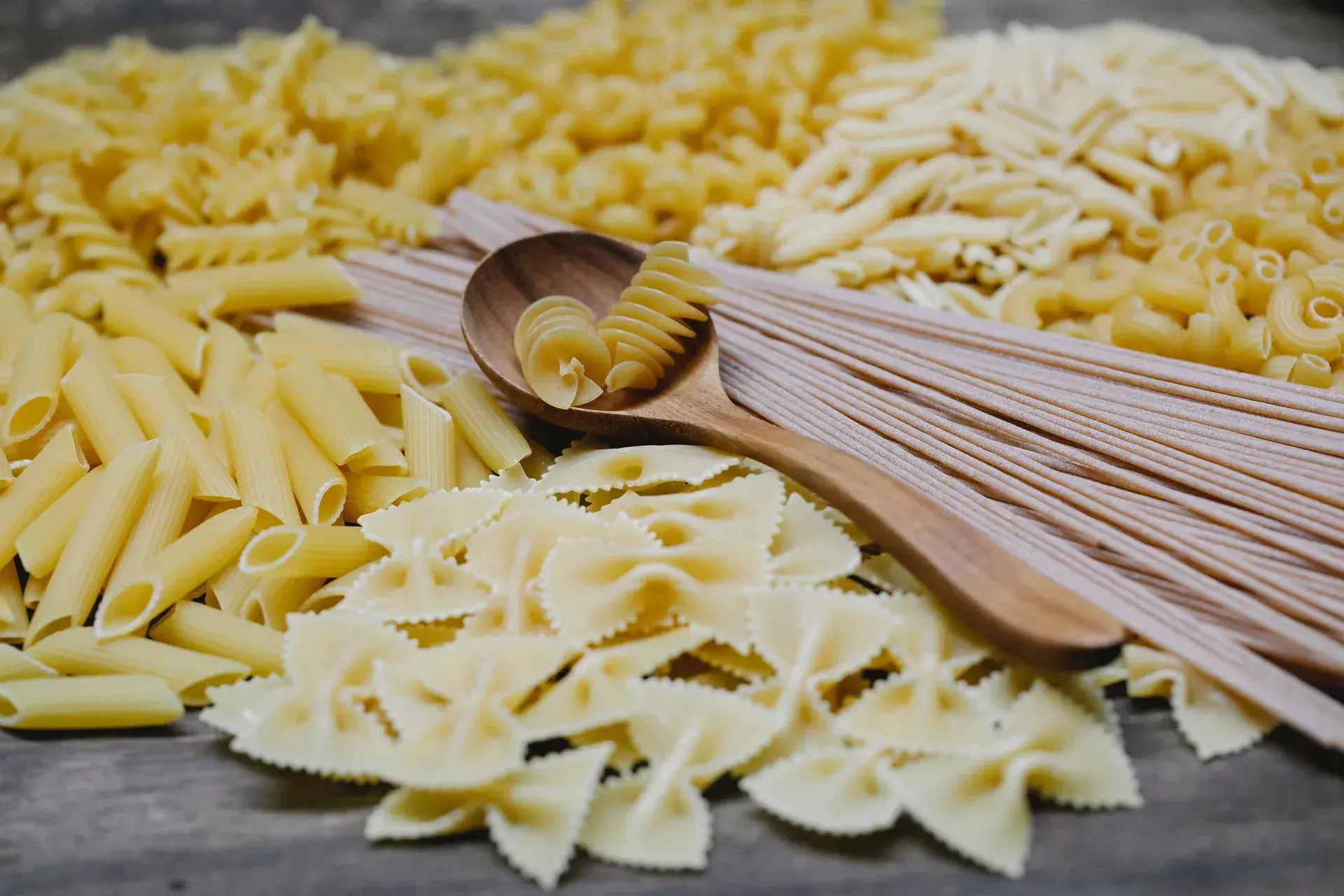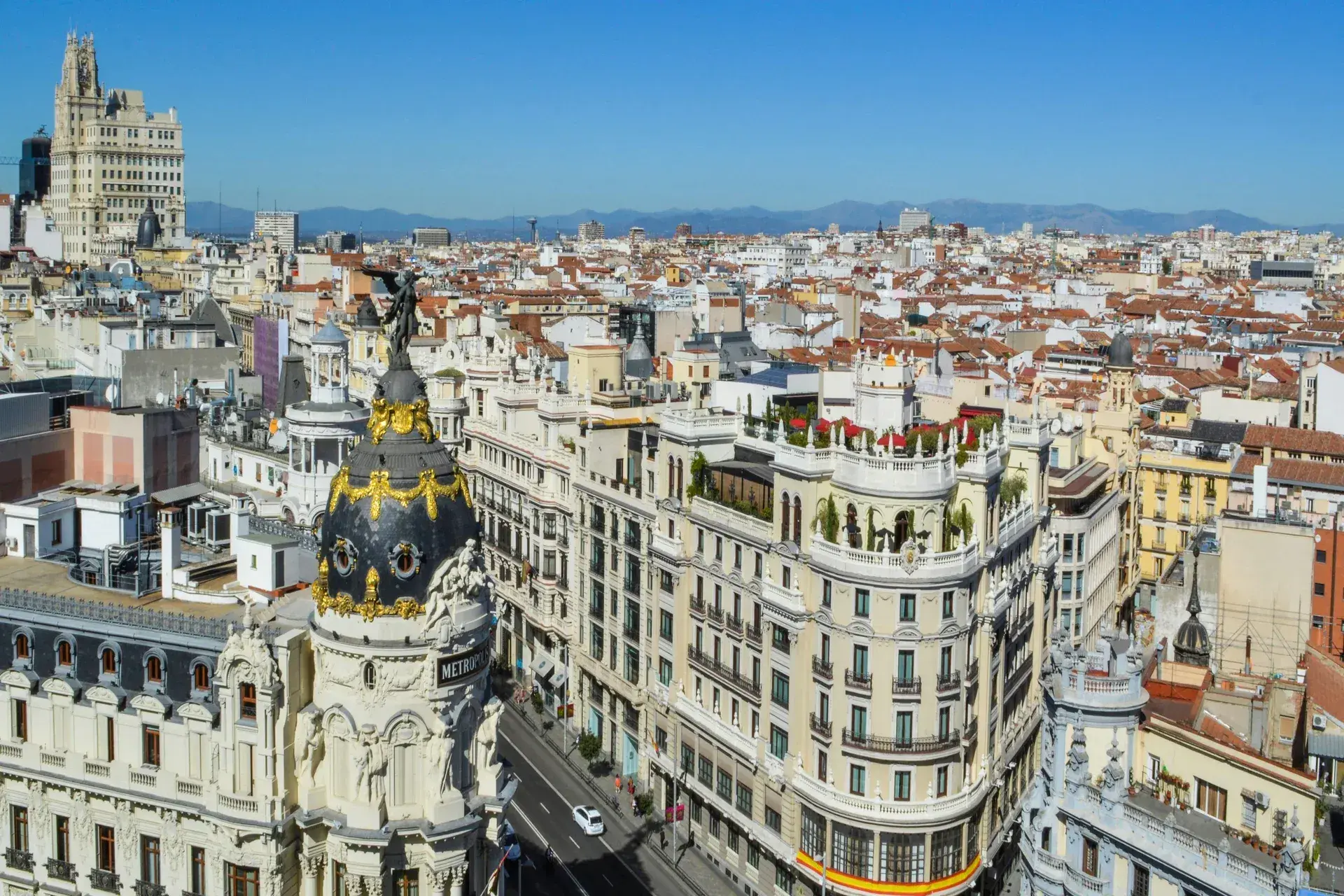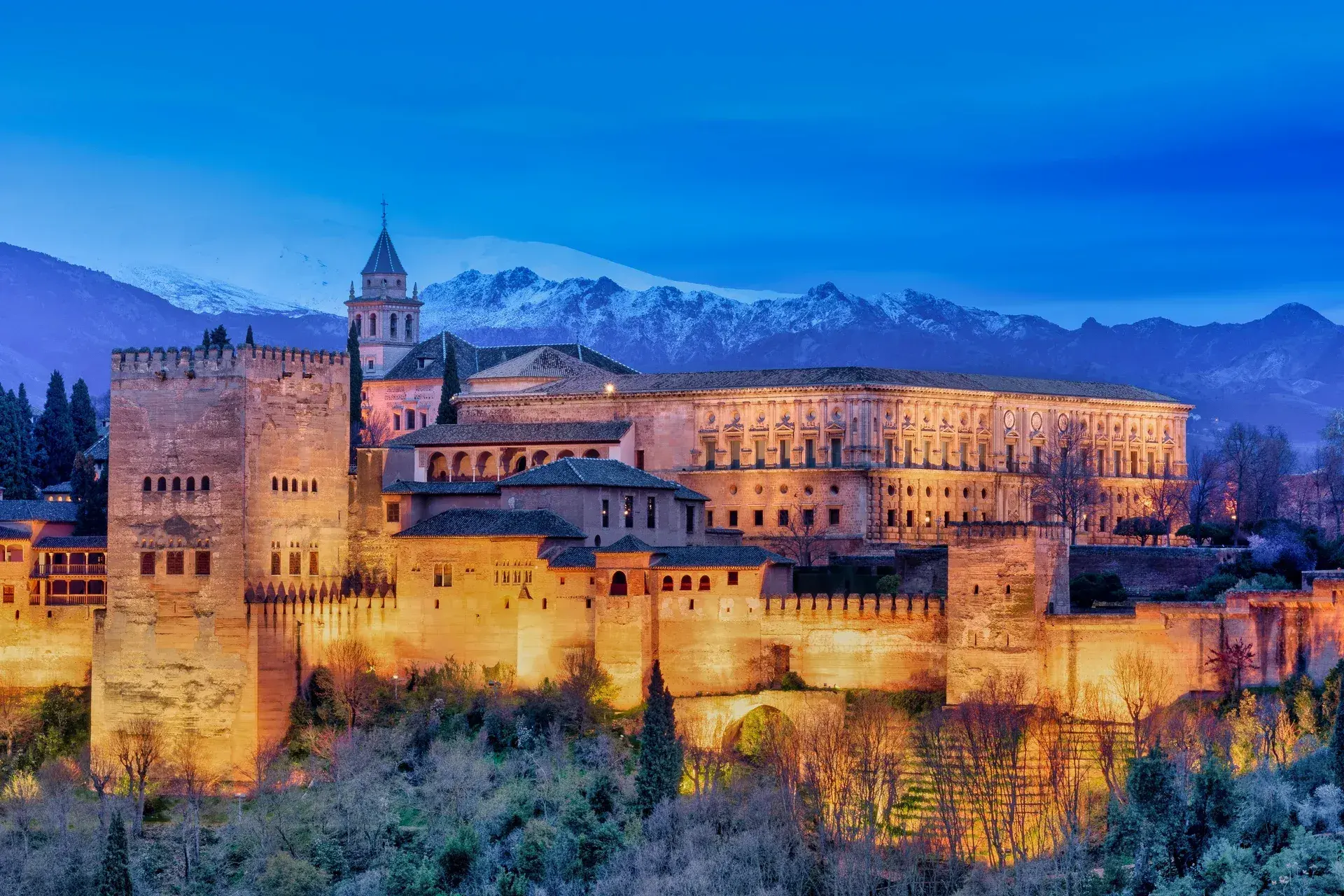The Secrets of Authentic Roman Pasta Dishes in Rome, Italy
Rome, the Eternal City, is not only known for its rich history and stunning architecture but also for its delicious and unique pasta dishes. Roman cuisine is characterized by its simplicity, relying on quality ingredients and time-honored techniques to create flavors that have been cherished for generations. This article uncovers the secrets behind authentic Roman pasta dishes, celebrating the culinary tradition that makes Rome a must-visit destination for food lovers.
1. Simplicity is Key: The Foundation of Roman Pasta
Authentic Roman pasta dishes are known for their straightforward recipes, often containing only a few key ingredients. The magic lies in the quality of these ingredients - fresh, locally sourced, and in season. Chefs in Rome pride themselves on using the finest Pecorino Romano, the freshest eggs, and homemade pasta to bring their dishes to life.
2. Iconic Roman Pasta Dishes
Several pasta dishes are quintessential to Roman cuisine, each with its own history and preparation secrets.
Cacio e Pepe: This simple dish consists of just pasta, Pecorino Romano cheese, and black pepper. The secret lies in the creamy emulsion created by the cheese and pasta water, coating the pasta perfectly.
Carbonara: A world-renowned Roman dish, authentic carbonara is made with eggs, Pecorino Romano, guanciale (cured pork cheek), and black pepper. The technique to achieve the silky, rich sauce without scrambling the eggs is a coveted skill.
Amatriciana: Originating from the town of Amatrice, this dish features guanciale, Pecorino Romano, tomato sauce, and a hint of chili. The balance of the savory pork with the acidity of the tomato is what makes it a Roman staple.
Gricia: Often considered the ancestor of Carbonara and Amatriciana, Gricia is a simple combination of guanciale and Pecorino Romano, showcasing the pork's flavor.
3. Pasta Types and Shapes
In Rome, the choice of pasta shape is as important as the sauce it accompanies. Traditional shapes like Spaghetti, Bucatini, or Rigatoni are chosen to complement the texture and thickness of different sauces, ensuring every bite is a perfect harmony of flavor and form.
4. The Art of Cooking Pasta
Cooking pasta in Rome is an art, with the aim of reaching the perfect 'al dente' texture - firm to the bite yet cooked through. Romans typically use a large pot of salted water, adding the pasta and stirring frequently to prevent sticking. The pasta is often finished cooking in the sauce, allowing it to absorb the flavor and create a cohesive dish.
The secrets of authentic Roman pasta lie in simplicity, quality ingredients, and time-tested techniques. These dishes are a testament to the rich culinary heritage of Rome, offering a taste of history with every bite. Whether you're strolling through the streets of Trastevere or dining in a quaint osteria, the flavors of Roman pasta dishes will transport you to the heart of Italy. So next time you visit Rome, indulge in its culinary delights and discover the secrets behind the city's legendary pasta.









